
|
The Astrology Center of America, 207 Victory Lane, Bel Air, MD 21014 Tel: 410-638-7761; Toll-free (orders only): 800-475-2272 |
|||||||
|---|---|---|---|---|---|---|---|
| Home | Author Index | Title Index | Subject Index | Vedic Books | Tarot | E-Mail: | |
 |
Astrology and Psychology: Counseling Astrology, page 3 |
| Counseling Astrology: | Page 1 | Page 2 | Page 3 |
See also: Liz Green, Howard Sasportas & Friends
and: Donna Cunningham
 Indicates a book on our Top Ten list. If you would like to find more books like it, click on the star.
Indicates a book on our Top Ten list. If you would like to find more books like it, click on the star.
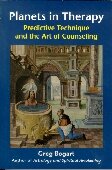
|
||

|
||
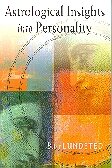 |
||
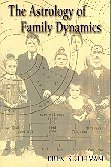 |
||
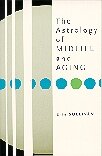
|
||
 |
||

|
||
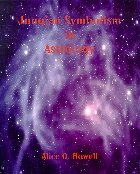
|
||
 |
||
 |
||
 |
||
| Counseling Astrology: | Page 1 | Page 2 | Page 3 |
See also: Liz Green, Howard Sasportas & Friends
and: Donna Cunningham

207 Victory Lane, Bel Air, MD 21014
Tel: 410-638-7761; Toll-free (orders only): 800-475-2272
| Home | Author Index | Title Index | Subject Index | Vedic Books | Tarot | E-Mail: |
Established 1993, The Astrology Center of America is owned & operated by David Roell.
This entire site (AstroAmerica.com) is copyright 1996, 1997, 1998, 1999, 2000 by William R. Roell.
All rights reserved.